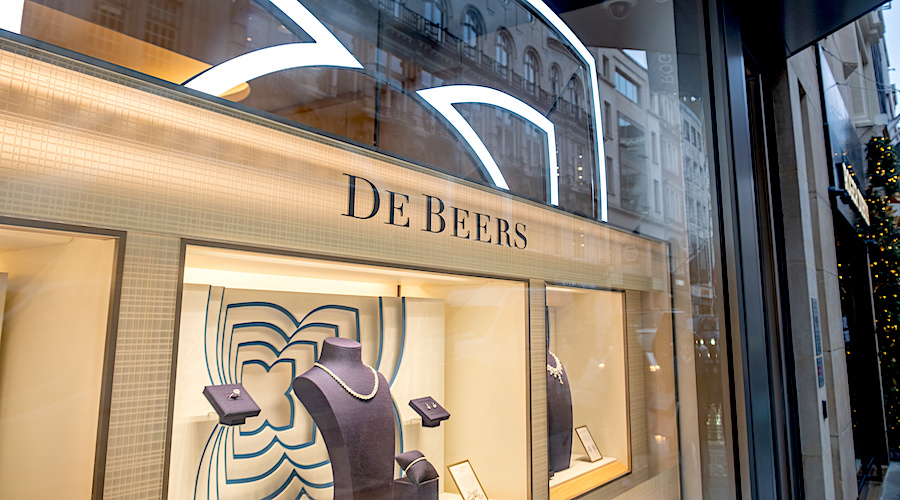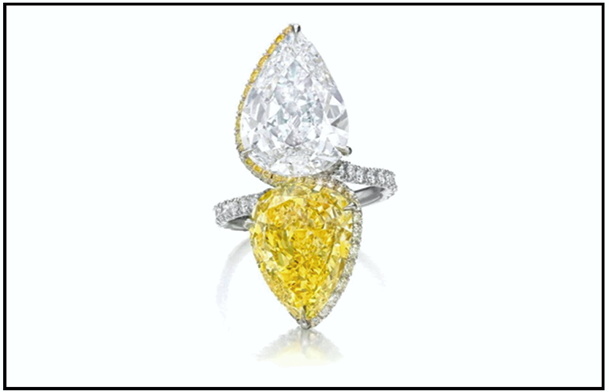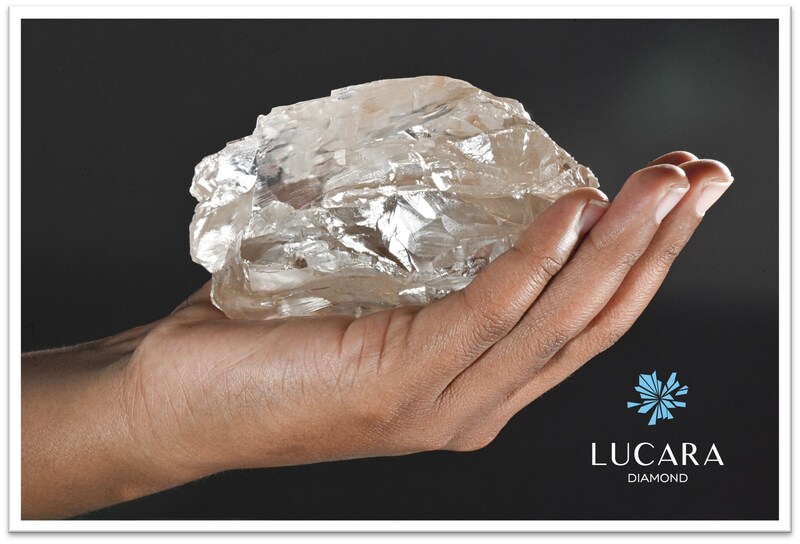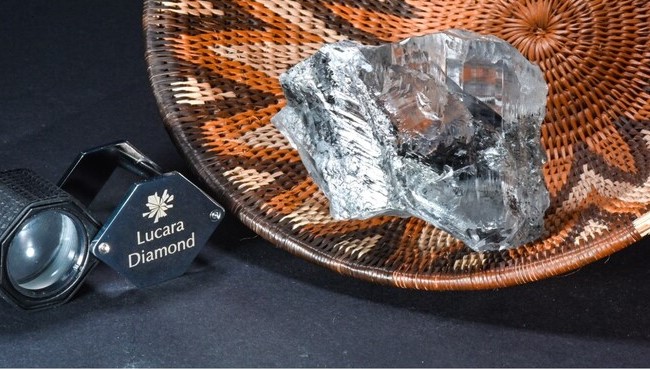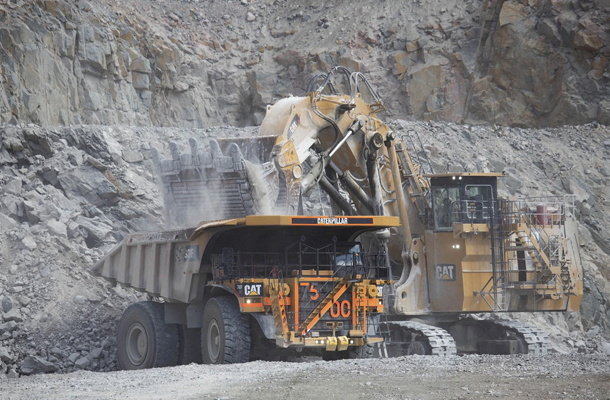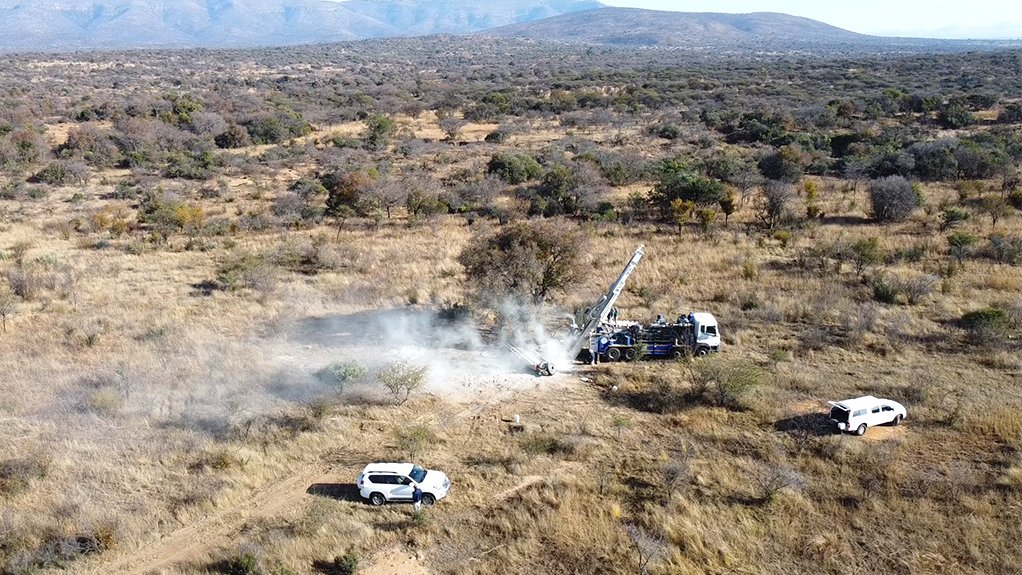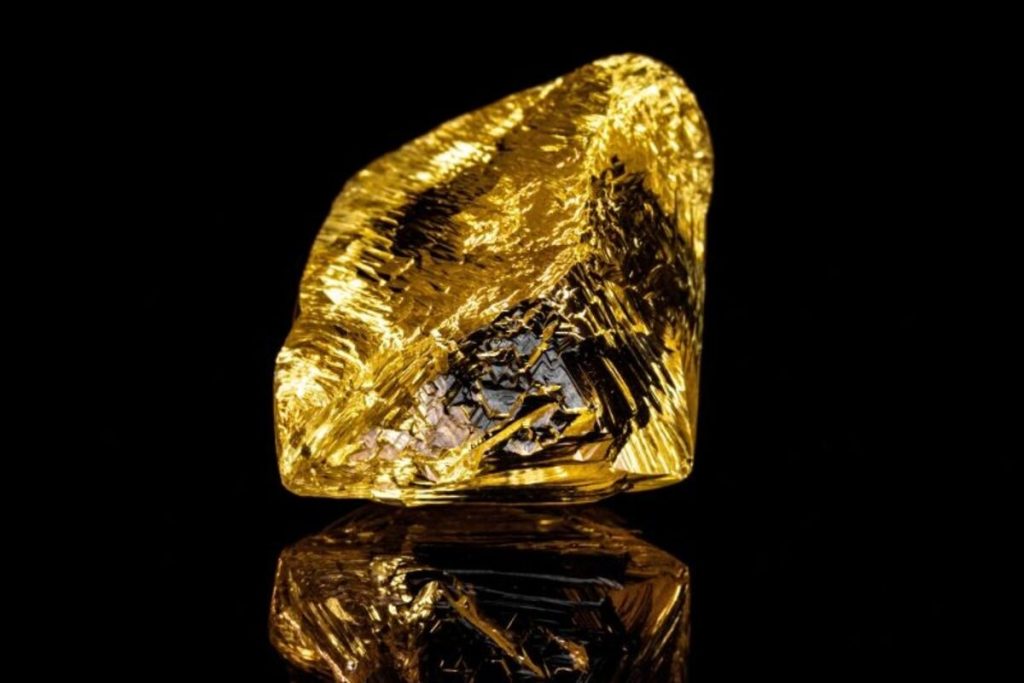
In its first full year as the operator of the world-class Ekati diamond mine, Burgundy Diamond Mines Ltd. marked several milestones, including consistent diamond recoveries and advancements in extending the mine’s future, reinforcing its position as a prominent player in the Canadian diamond industry while laying the groundwork for continued growth and success.
Over the past year, Burgundy worked to solidify its position as the new operator of the Ekati diamond mine by focusing on improving production and extending the mine’s lifespan. This was reflected in the consistent quarterly performance throughout the year, despite challenges in the diamond market.
“Despite suppressed diamond market prices, we remain optimistic as supply-demand tightens and look forward to launching Ekati’s tenth mine – a landmark achievement,” said Burgundy Diamond Mines CEO Kim Truter.
In less than two years, Burgundy moved quickly to expand Ekati’s capabilities, advancing beyond initial stabilization to actively pursue new development and growth. This is exemplified by the development of the Point Lake open-pit project, which is set to become Ekati’s tenth operational mine.
This quickly became a critical component of the company’s strategy to secure long-term production at Ekati. With initial production planned in late 2024, Point Lake holds more than just increased production potential but also historical significance as the first diamondiferous kimberlite discovery in Northwest Territories – which led to the eventual development of Ekati.

Burgundy Diamond Mines Ltd.
Located approximately three kilometers northeast of the main mine camp, Point Lake, evidenced by its name previously existed as a natural lake, which required draining before mining operations could begin. Dewatered in two phases, and as part of the process, a total of 523 lake trout and 6,348 slimy sculpins were relocated prior to emptying the habitat.
The water was then pumped into the King Pond Settling Facility and Lynx pit, allowing suspended solids to settle and facilitating future underwater remote mining trials at Lynx pit.
Currently, Ekati is estimated to contain approximately 140 million carats of diamonds in the indicated category, even after more than 26 years of production. These remaining resources are concentrated within the currently active Misery underground and Sable open-pit mines, with Point Lake projected to add an estimated 5.3 million carats once it begins production, further bolstering Ekati’s resource base.
This robust resource position led to a major milestone in late October, as Burgundy celebrated Ekati reaching 100 million carats of diamonds recovered – a testament to the mine’s enduring contribution to the diamond industry.
“As we reflect on this historic achievement, Ekati continues the legacy as one of the premier diamond assets in the world in a tier one location producing highly sought after sustainably and ethically produced diamonds for the global market,” said Truter.
With substantial reserves still available, Ekati is well-positioned for another 30 years of production, potentially even longer if further resources are identified.
“We are proud of the team we have in place and of everything we have achieved so far,” Truter added. “Ekati still has 140 million carats remaining in Indicated Mineral Resources, one of the largest unmined diamond endowments in the world, which provides Burgundy shareholders an indication of Ekati’s remaining mine life potential.”
Beyond Point Lake, Burgundy has also focused on extending the mine life of other key operations at Ekati. In particular, the Misery underground mine has shown promise for extended production through recent exploration efforts.
Looking ahead into 2025, Burgundy continues to focus on operational efficiency and advancing exploration to maximize Ekati’s resource base.
With production at Point Lake expected to commence and further drilling at Misery ongoing, Burgundy is executing its strategic plan to secure sustained production at Ekati.
The company is also progressing feasibility studies for additional underground sites, all aimed at maintaining Ekati’s position as a key contributor to the global diamond market, while delivering value for shareholders and supporting local communities in the Northwest Territories.
Source: Miningnewsnorth
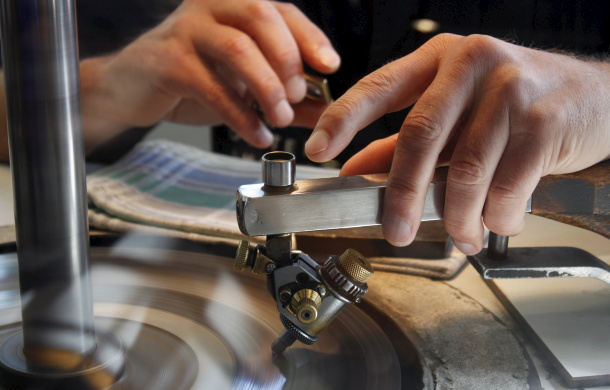
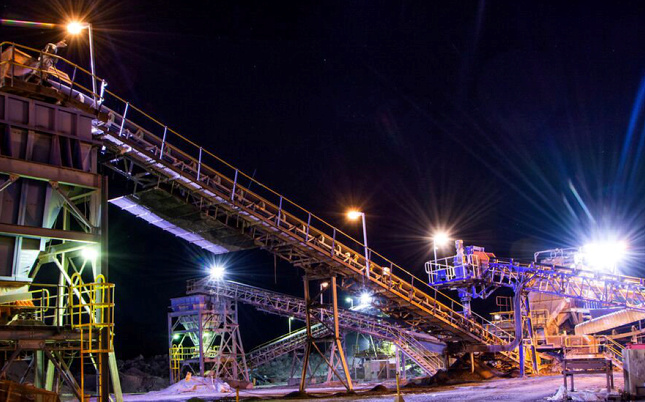
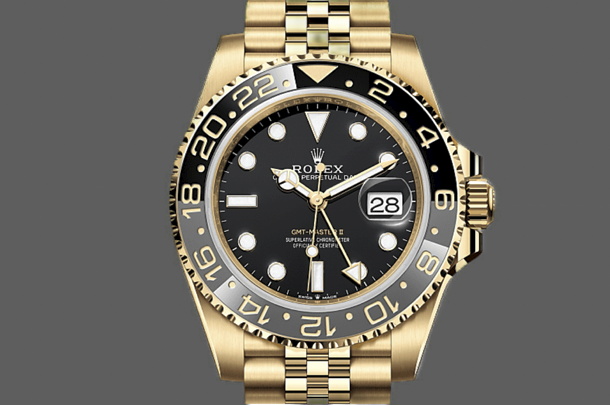
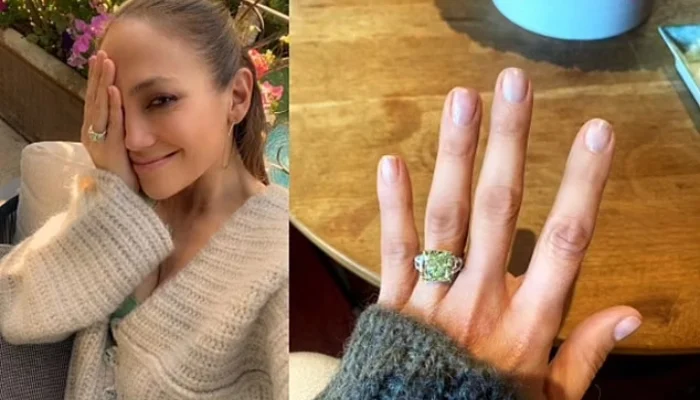
_updates.jpg)
